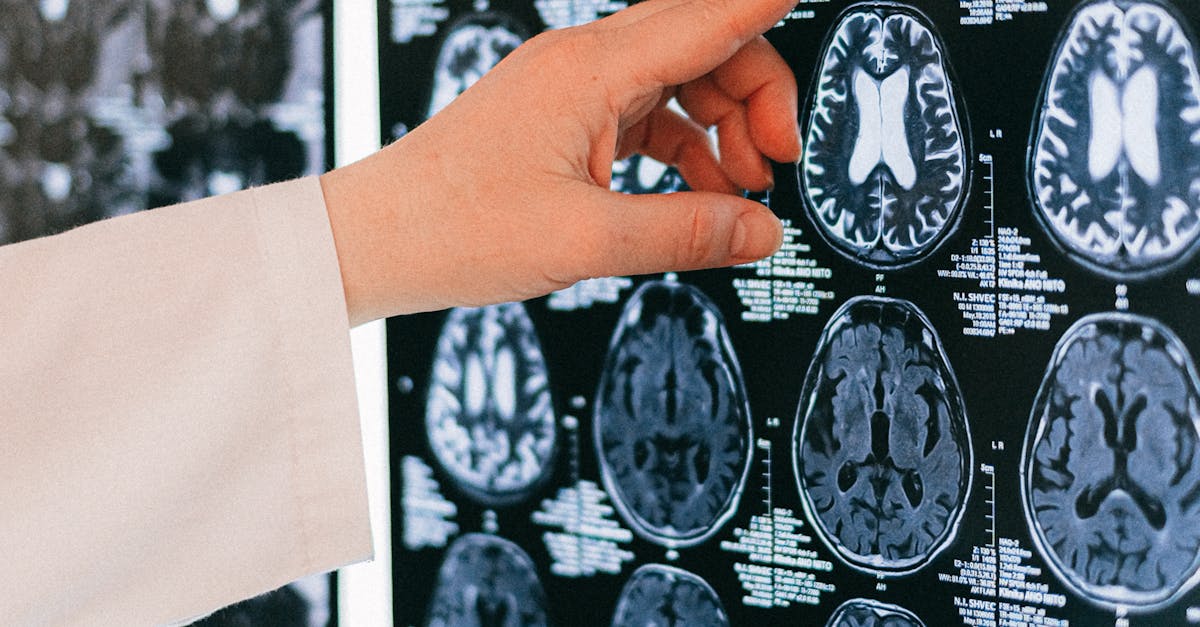Recent MS Research: BTK Inhibitors and HET DMTs for SCE Neurology
The Specialty Certificate Examination (SCE) demands not only mastery of established clinical guidelines but also a comprehensive understanding of recent research advancements that are shaping future practice. In Neurology, few areas are evolving as rapidly as the management of Multiple Sclerosis (MS).
While established DMTs form the backbone of current care, SCE candidates must be familiar with the paradigm shift towards high-efficacy treatments and the cutting-edge research into novel drug targets, particularly Bruton’s Tyrosine Kinase (BTK) inhibitors.
The Shift: Early and Highly Effective Treatment (HET)
Historically, MS treatment followed an escalation model. However, recent research strongly supports the 'NEDA-3' (No Evidence of Disease Activity: no relapses, no progression, no new T2 lesions) goal, achieved through early initiation of highly effective disease-modifying treatments (HET DMTs).
Key HET DMTs Relevant to SCE:
Anti-CD20 Monoclonal Antibodies (e.g., Ocrelizumab, Rituximab): These therapies target B-cells, which play a central role in MS pathogenesis. Research has confirmed their superior efficacy in reducing relapse rates and slowing disability progression, particularly in Relapsing-Remitting MS (RRMS) and Primary Progressive MS (PPMS—Ocrelizumab is the only licensed agent). SCE questions often test monitoring protocols, including pre-screening for infections (HBV, HCV) and managing infusion reactions.
Cladribine (Oral): A short-course, immunorestorative therapy. Its convenience and sustained effect (lasting for up to two years after two short courses) make it an important option. SCE candidates should recall its risk profile, including lymphopenia monitoring.
S1P Modulators (e.g., Fingolimod, Siponimod): While first-generation S1P modulators are established, newer agents like Siponimod have demonstrated effectiveness in slowing progression in Secondary Progressive MS (SPMS) with active disease, reflecting targeted research on this phase of the illness.
Cutting Edge: Bruton’s Tyrosine Kinase (BTK) Inhibitors
BTK inhibitors represent one of the most exciting research frontiers in MS, promising a new mechanism of action that addresses a crucial unmet need: CNS compartmental inflammation.
What are BTK Inhibitors?
BTK is an enzyme involved in signaling pathways within B cells and myeloid cells (like microglia and macrophages). These cells are key drivers of inflammation within the central nervous system (CNS), contributing to disease progression and smoldering MS.
Mechanism of Action & Research Hypothesis:
CNS Penetration: Unlike many current DMTs that struggle to cross the blood-brain barrier (BBB), BTK inhibitors (e.g., Tolebrutinib, Evobrutinib, Fenebrutinib) are designed to penetrate the CNS effectively.
Targeting Microglia: By inhibiting BTK in CNS-resident immune cells (microglia), these drugs aim to reduce chronic, low-grade inflammation often linked to progressive disease and atrophy.
Dual B-cell/Myeloid Effect: They reduce peripheral B-cell activity while simultaneously addressing the innate immune inflammation within the CNS, offering a potentially powerful therapeutic synergy.
Why This Matters for SCE:
If current research confirms the efficacy of BTK inhibitors in slowing disability progression in progressive forms of MS (SPMS and PPMS), this will fundamentally alter the treatment sequence. SCE questions might focus on the mechanism of action, the target population, and key trial results (once licensed).
Example SCE Application: A clinical vignette describing a patient with slow, gradual accumulation of disability despite being on an anti-inflammatory DMT (suggesting smoldering/progressive disease). The research future points toward combining or switching to agents with superior CNS penetration, such as BTK inhibitors, to tackle the non-relapsing component of the disease.
Summary for SCE Candidates
To excel in the SCE Neurology paper, integrate these recent research points into your knowledge base:
Paradigm Shift: Acknowledge the consensus supporting early initiation of HET DMTs for active MS to maximize the chance of achieving NEDA-3.
SPMS & PPMS Focus: Understand that current research is heavily focused on finding effective treatments for progressive MS, with Siponimod (active SPMS) and Ocrelizumab (PPMS) being current licensed examples.
Know the Future: Be aware of BTK inhibitors as a groundbreaking class of oral, CNS-penetrant drugs specifically designed to address compartmental inflammation and potentially slow the progression element of MS, which traditional injectable therapies often fail to fully control.
Keep reviewing major clinical trial results (e.g., the Phase 3 trials for new BTK inhibitors) as they transition from research headlines into clinical practice guidelines. This proactive approach ensures you are prepared for the most contemporary questions in the SCE.

Join the Discussion
Share your thoughts and insights with the medical community
Comments
Delete Comment
Are you sure you want to delete this comment? This action cannot be undone.